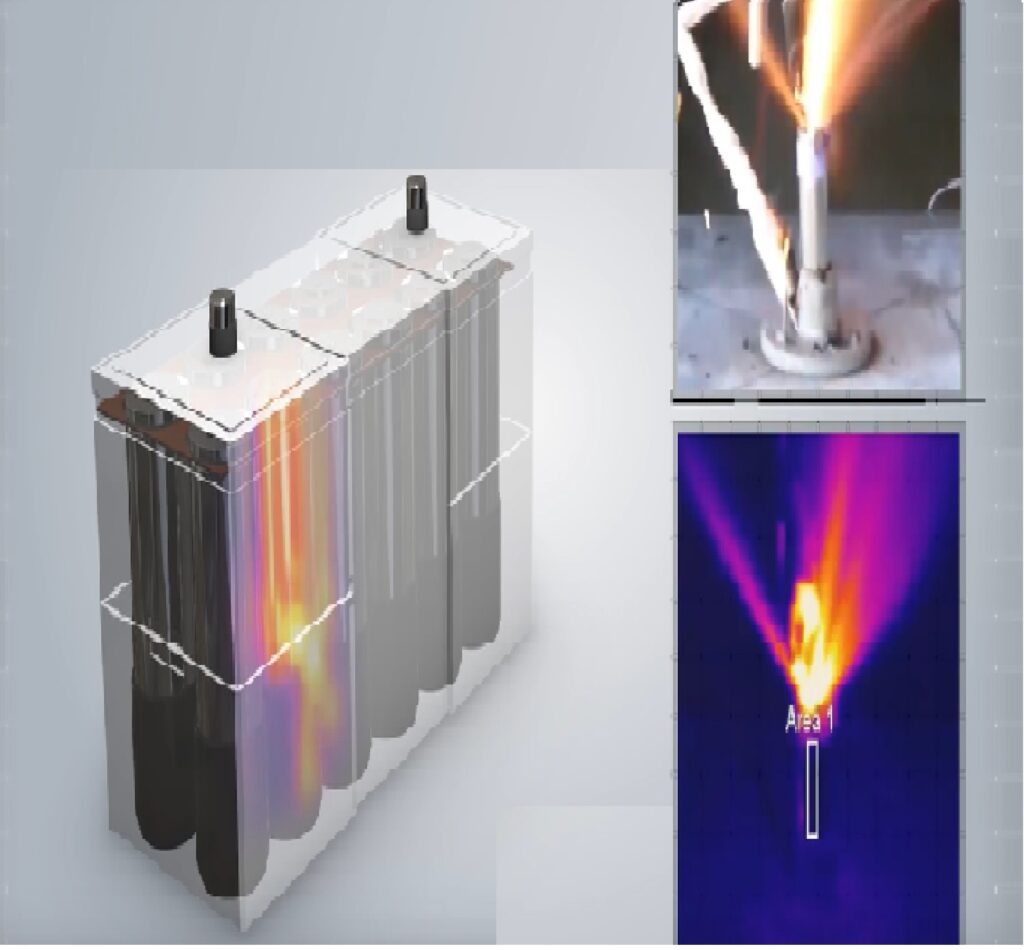Evaluating the life of a battery involves assessing its performance, capacity retention, and overall durability over time. The following methods and parameters are commonly used to evaluate battery life:
- Cycle Life:
- Method: Batteries are subjected to repeated charge and discharge cycles under controlled conditions, and the number of cycles is recorded until a predetermined capacity degradation level is reached.
- Capacity Fade:
- Method: Regularly measure the battery’s capacity at specific intervals (e.g., after a certain number of cycles or years) and compare it to its initial capacity.
- Calendar Life:
- Method: Batteries are stored at controlled temperatures and periodically tested to assess their capacity retention over time.
- State of Health (SoH):
- Method: Use diagnostic tools or algorithms to analyze a battery’s performance and capacity in real-time or periodically.
- Peukert’s Law:
- Method: Measure the battery’s performance at different discharge rates and assess how closely it adheres to Peukert’s Law.
- Internal Resistance:
- Method: Measure the internal resistance of a battery over time; an increase in internal resistance can indicate degradation.
- Temperature Sensitivity:
- Method: Evaluate the battery’s behavior under different temperature conditions and assess its long-term performance in varying climates.
- Depth of Discharge (DoD):
- Method: Assess the battery’s life based on the depth of discharge it experiences during each cycle.
- Overcharge/Overdischarge Tolerance:
- Method: Subject the battery to controlled overcharge and overdischarge conditions and evaluate its performance and capacity retention afterward.
- Cycle Testing Under Real-World Conditions:
- Method: Test batteries in real-world applications, such as electric vehicles or renewable energy storage systems, to evaluate their performance in the specific environment they are designed for.
It’s important to note that different battery chemistries (e.g., lithium-ion, lead-acid, nickel-metal hydride) may have unique characteristics and require specific evaluation methods. Manufacturers often conduct rigorous testing to provide accurate estimates of battery life and performance under various conditions.


